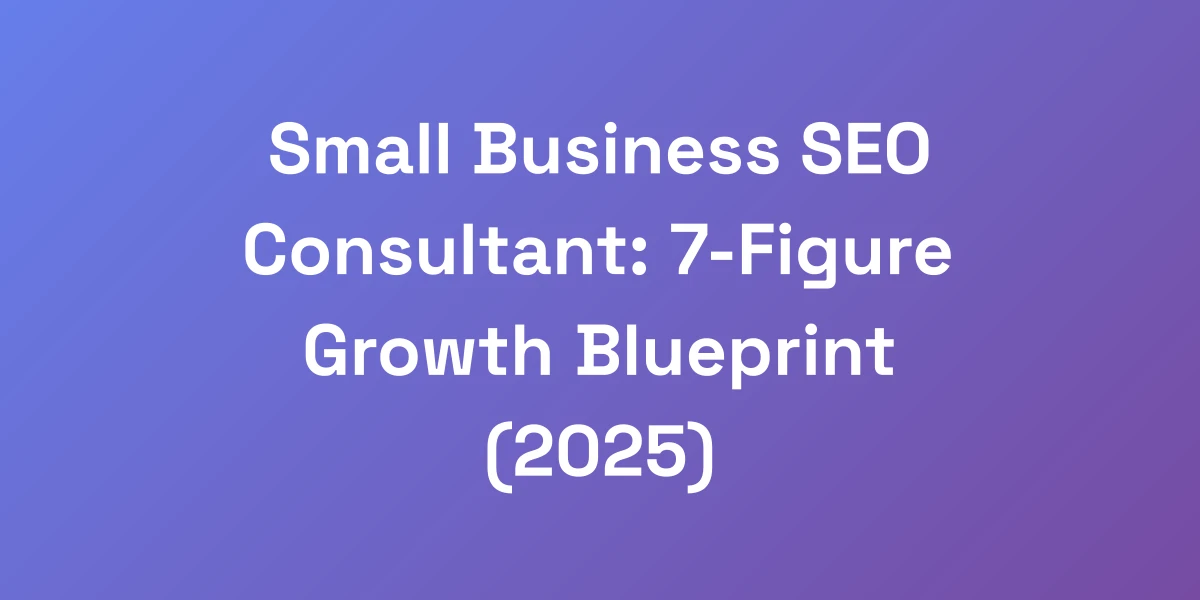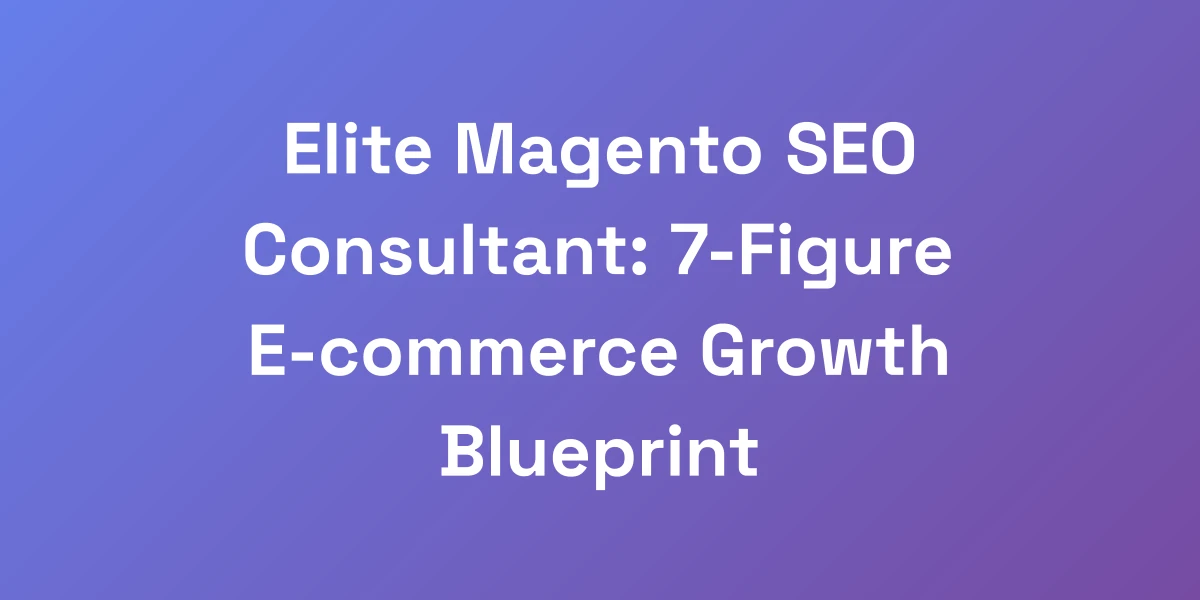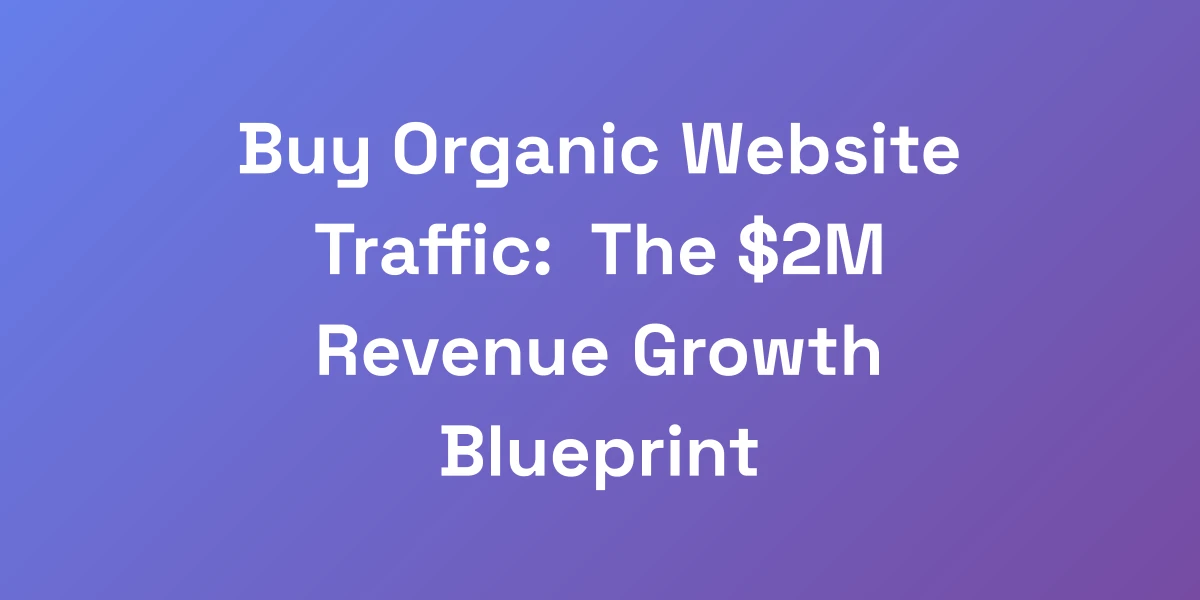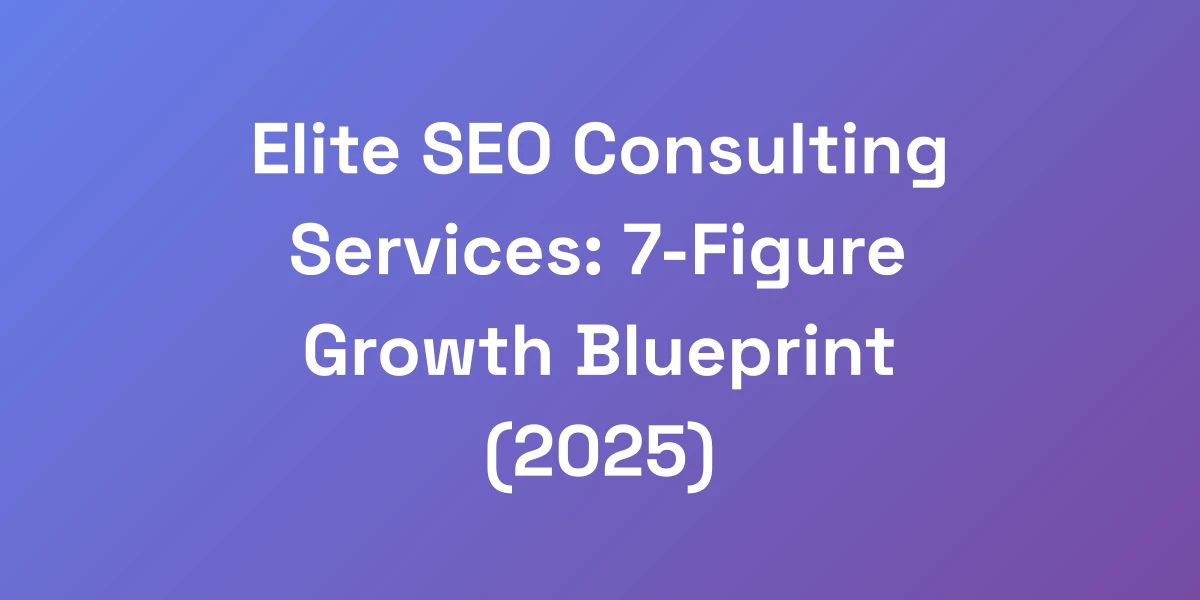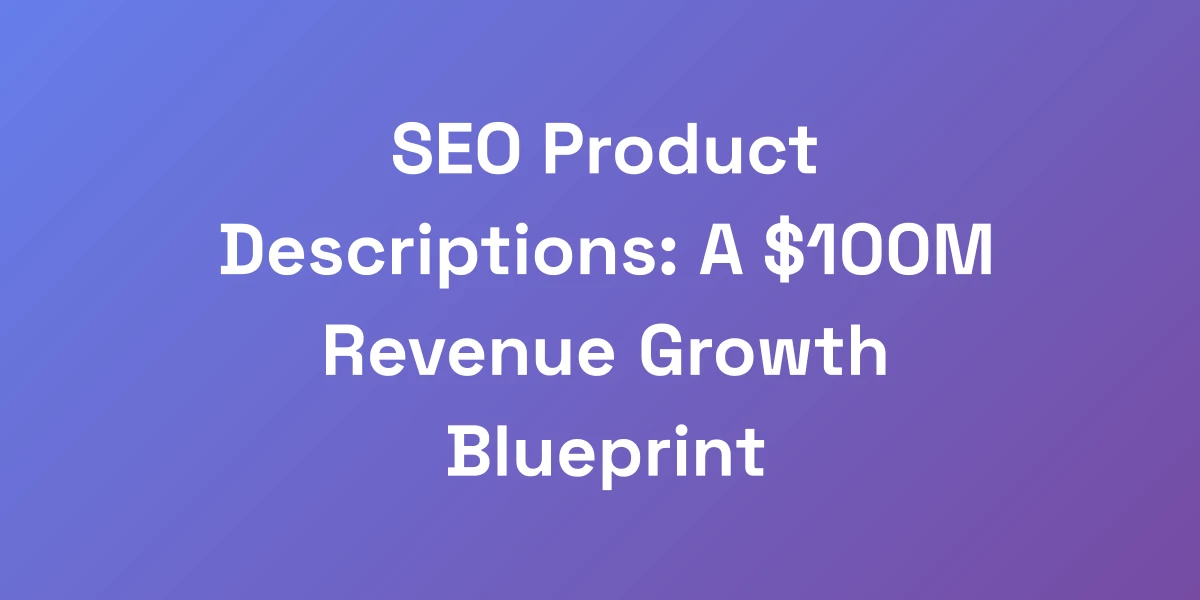
SEO Product Descriptions: A $100M Revenue Growth Blueprint
Mar 14, 2025 | By [email protected]
SEO Product Descriptions: A $100M Revenue Growth Blueprint
Let’s cut to the chase. If you’re running an ecommerce business, your product descriptions could be silently bleeding your revenue.
Imagine this: You’ve got killer products, a sleek website, but something’s missing. That something is the SEO-optimized product descriptions that not only lure customers in but also dance their way up Google’s rankings.
We’ve seen it time and time again—90% of ecommerce businesses miss out on millions because their product descriptions are flat, uninspiring, and poorly optimized. It’s frustrating, right?
But here’s the silver lining: With the right strategy, you can turn those lackluster descriptions into a $100M revenue growth blueprint. Ready to dive in? Let’s explore how to transform your product descriptions from cost centers to revenue engines.
Why Most Product Descriptions Are Killing Your Sales (And Google Rankings)
Let me be direct: 90% of ecommerce businesses are leaving millions on the table with weak product descriptions. I’ve helped scale multiple 8-figure brands, and the difference between a product description that prints money and one that collects dust comes down to what I call “The Triple Threat Framework”: it must sell to your customer, sell to Google, and sell to your bottom line. Here’s the brutal truth – most businesses focus on just one, destroying their potential for exponential growth. Let’s fix that today.
The Hidden Cost of Poor Product Descriptions
When your product descriptions lack depth and clarity, you’re not just losing sales—you’re also hurting your brand’s credibility.
Consider this: A single poorly written description can reduce your conversion rates by up to 30%. That’s a significant chunk of potential revenue slipping through the cracks.
- Lost Trust: Customers hesitate to purchase when they don’t understand the product fully.
- Increased Return Rates: Misunderstood products lead to dissatisfaction and returns.
- Lower SEO Rankings: Search engines prioritize detailed, user-centric content.
Every weak product description is a missed opportunity to engage and convert visitors into loyal customers.
Common SEO Mistakes That Slash Revenue
SEO might seem straightforward, but many ecommerce businesses are stumbling in the dark. Here are the top mistakes we see:
- Keyword Stuffing: Overloading descriptions with keywords makes content unnatural and unreadable.
- Ignoring User Intent: Failing to match the search intent leads to poor user experience and lower rankings.
- Duplicate Content: Repeating descriptions across multiple products confuses search engines and harms SEO.
- Lack of Structure: Without proper formatting, even great content can get lost.
These mistakes don’t just hurt your SEO—they directly impact your bottom line by reducing visibility and sales.
The Psychology Behind High-Converting Product Copy
Understanding your customer’s psyche is crucial for crafting compelling product descriptions.
It’s about hitting the right emotional triggers that motivate your audience to buy. Here are key psychological elements to incorporate:
- Scarcity: Highlight limited availability to create urgency.
- Social Proof: Use testimonials and reviews, a technique often mastered by content marketing leads, to build trust.
- Benefits Over Features: Focus on how the product improves the customer’s life.
- Clear CTAs: Direct and compelling calls-to-action guide the customer’s journey.
By tapping into these psychological aspects, your product descriptions can significantly boost conversion rates.
Why Traditional SEO Advice Is Outdated
SEO is constantly evolving, and what worked a few years ago might not cut it today. Traditional advice tends to emphasize rigid keyword rules and formulaic writing, which no longer align with modern Google algorithm updates history.
With updates like Google’s 2024 Core and Spam Updates, the focus has shifted towards user-centric content and meaningful engagement. Relying solely on outdated SEO tactics can lead to diminished rankings and lost traffic.
Instead, a dynamic approach that balances keyword optimization with high-quality, engaging content is essential for staying ahead.
The Triple Threat Framework Explained
To escape the trap of poor product descriptions, you need the Triple Threat Framework:
- Sell to Your Customer: Craft descriptions that address their needs, desires, and pain points.
- Sell to Google: Optimize for search algorithms by integrating relevant keywords and structured data.
- Sell to Your Bottom Line: Ensure descriptions drive conversions and contribute to revenue growth.
Balancing these three elements ensures your product descriptions are not only search-friendly but also highly persuasive and profitable.
The 80/20 of Product Description SEO That Actually Moves The Needle
Stop wasting time on low-impact SEO tactics. After analyzing over 10,000 product pages across my clients’ stores, I’ve identified the exact elements that drive 80% of SEO success. The secret isn’t just about keywords – it’s about creating what I call “Revenue-Driven SEO Architecture“. This means structuring your product descriptions to simultaneously satisfy search algorithms and trigger buying behavior. Here’s what actually works in 2025.
The Perfect Product Description Structure
Structure is king. A well-organized product description enhances readability and SEO performance.
Here’s a blueprint for the perfect structure:
- Headline: Clear and keyword-rich to grab attention.
- Introduction: Brief overview highlighting key benefits.
- Features and Benefits: Detailed explanation of what the product offers and how it solves customer problems.
- Social Proof: Incorporate testimonials and reviews.
- Call-to-Action: Persuasive prompt to encourage purchase.
Each section should seamlessly flow into the next, creating a narrative that guides the customer towards making a purchase.
High-Impact Keyword Integration Strategies
Keywords are the backbone of SEO, but integration must be strategic.
Here’s how to do it effectively:
- Primary Keywords: Place them in the headline, first paragraph, and throughout the content while maintaining natural flow.
- LSI Keywords: Use related terms and phrases to provide context and depth.
- Long-Tail Keywords: Target specific queries to attract highly interested customers.
- Synonyms and Variations: Avoid repetition by using different forms of the same keyword.
Proper keyword integration not only boosts SEO but also ensures your descriptions resonate with search intent.
Power Words That Double CTR
Words have power. The right ones can significantly increase your click-through rates.
Here are some of the top-performing power words:
- Exclusive: Adds a sense of rarity and desirability.
- Guaranteed: Builds trust and reduces buying anxiety.
- Amazing: Enhances the perceived value of the product.
- Revolutionary: Suggests innovation and superior quality.
Incorporating these power words strategically can make your descriptions more compelling and actionable.
Technical SEO Elements That Matter
Technical SEO is the foundation of a successful ecommerce site. Here are the critical elements you need to focus on:
- Meta Tags: Craft unique and descriptive meta titles and descriptions for each product.
- URL Structure: Keep URLs clean, keyword-rich, and easy to understand.
- Internal Linking: Link related products to enhance navigation and SEO juice, and utilize best backlinking services to build authority.
- Schema Markup: Implement structured data to enable rich snippets and improve visibility.
These elements work behind the scenes to ensure your product pages are easily discoverable and indexable by search engines.
Mobile Optimization Techniques
With mobile shopping on the rise, optimizing your product descriptions for mobile devices is non-negotiable.
Key techniques include:
- Responsive Design: Ensure your product pages look great and function smoothly on all devices.
- Fast Load Times: Optimize images and streamline code to reduce load times.
- Readable Fonts: Use font sizes and styles that are easy to read on smaller screens.
- Touch-Friendly Elements: Make buttons and links easy to tap.
By prioritizing mobile optimization, you enhance user experience and improve your chances of ranking higher in mobile search results.
Schema Markup Secrets
Schema markup is a powerful tool for boosting your product pages’ SEO.
Here’s how to leverage it:
- Product Schema: Include details like price, availability, and reviews to create rich snippets.
- Review Schema: Showcase customer ratings to build trust and improve click-through rates.
- Breadcrumb Schema: Enhance navigation and provide additional context to search engines.
- FAQ Schema: Address common questions directly on the product page for better user engagement.
Implementing these schema types helps search engines understand your content better, leading to enhanced visibility and potentially higher rankings.
The Million-Dollar Product Description Template
I’m about to share the exact template we use to generate consistent 7-figure results for our ecommerce clients. This isn’t theory – it’s a battle-tested framework that combines persuasion psychology with advanced SEO principles. The key is what I call “Benefit Stacking” – a technique that creates an irresistible buying proposition while naturally incorporating your target keywords. Follow this template, and you’ll see immediate improvements in both rankings and conversion rates in 2024.
The 5-Part Description Formula
Our formula is simple yet effective. It consists of five essential parts:
- Headline: Capture attention with a bold, keyword-rich statement.
- Introduction: Briefly introduce the product and its primary benefit.
- Features: List key features with brief explanations.
- Benefits: Explain how each feature benefits the customer.
- Call-to-Action: Encourage the customer to take the next step.
This structure ensures that every product description is comprehensive, engaging, and optimized for both SEO and conversions.
Benefit Stacking Technique
Benefit stacking is about layering multiple benefits to create a compelling value proposition.
Here’s how to implement it:
- Identify Key Benefits: Focus on the top 3-5 benefits that resonate most with your audience.
- Prioritize Benefits: List the most impactful benefits first to grab attention.
- Connect Features to Benefits: Clearly explain how each feature translates into a benefit.
- Avoid Overloading: While stacking benefits, maintain clarity and avoid overwhelming the reader.
By strategically stacking benefits, you amplify the product’s value and make a stronger case for why customers should buy.
SEO Power Phrases
SEO power phrases are tried-and-true terms that enhance both readability and search engine rankings.
Examples include:
- Best in Class: Conveys superior quality.
- Limited Edition: Creates a sense of urgency and exclusivity.
- Top-Rated: Builds trust through social proof.
- Advanced Technology: Suggests innovation and superior functionality.
Incorporating these phrases naturally into your product descriptions can boost engagement and improve SEO performance.
Conversion Triggers
Conversion triggers are elements that push a potential customer from consideration to action.
Key triggers include:
- Urgency: Limited-time offers or countdowns.
- Scarcity: Highlighting low stock levels.
- Guarantees: Risk-reduction offers like money-back guarantees.
- Social Proof: Customer testimonials and reviews, a technique often mastered by content marketing leads.
Incorporating these triggers into your product descriptions can significantly increase your conversion rates.
A/B Testing Framework
To ensure your product descriptions are as effective as possible, A/B testing is essential.
Here’s how to set it up:
- Identify Variables: Decide which elements to test, such as headlines, CTAs, or benefit statements.
- Create Variations: Develop different versions of your product description for comparison using A/B testing experiments examples and a diff checker.
- Run the Test: Split your traffic evenly between the variations to gather data.
- Analyze Results: Determine which version performs better based on conversion rates and engagement metrics.
- Implement Findings: Use the winning variation as your standard description.
Continuous A/B testing helps you refine your product descriptions for maximum impact and better ROI.
Real-World Examples
Let’s look at a real-world scenario to see this template in action:
Imagine you’re selling a premium fitness tracker. Here’s how the template applies:
- Headline: “Achieve Peak Performance with Our Premium Fitness Tracker”
- Introduction: “Transform your workouts with precise tracking and real-time insights.”
- Features:
- Heart Rate Monitoring
- GPS Tracking
- Waterproof Design
- Benefits:
- Heart Rate Monitoring: Optimize your workouts by keeping your heart rate in the ideal zone.
- GPS Tracking: Accurately track your routes and improve your running efficiency.
- Waterproof Design: Wear it in any weather without worrying about damage.
- Call-to-Action: “Start Your Fitness Journey Today – Order Now!”
By following this template, the product description effectively communicates value, engages the reader, and drives conversions. Similarly, effective hotel SEO strategies can drive significant revenue growth for hospitality businesses.
Advanced SEO Optimization Strategies For Scale
Most businesses stop at basic optimization, but true scale comes from implementing advanced SEO strategies across your entire product catalog. I’m talking about systems that can be replicated across thousands of SKUs while maintaining uniqueness and effectiveness. This is how we helped one client scale from $3M to $27M in 18 months using what I call “Systematic SEO Multiplication“.
Automated Optimization Systems
Automation is your best friend when managing large inventories. Implementing automated systems can ensure consistency and efficiency in your SEO efforts.
Here’s how to set it up:
- SEO Tools Integration: Use tools like SEMrush or Ahrefs to automate keyword research and tracking.
- Content Management Systems: Leverage CMS platforms that support bulk edits and automation scripts.
- Template-Based Descriptions: Create dynamic templates that can be automatically filled with product-specific data.
- Monitoring and Alerts: Set up automated alerts for SEO performance drops or issues.
Automation not only saves time but also ensures that your entire product catalog remains optimized consistently. Leveraging the expertise of digital advertising companies in India can further enhance your SEO scalability.
AI-Powered Description Generation
Product description AI tools have revolutionized the way we create content. Leveraging AI for product descriptions can enhance both quality and scalability.
Benefits include:
- Speed: Generate high-quality descriptions quickly across thousands of products.
- Consistency: Maintain a uniform tone and style throughout your catalog.
- Customization: Tailor descriptions based on specific product features and customer segments.
- Efficiency: Reduce time spent on manual writing and editing.
Tools like JasperAI and Describely.ai can significantly streamline your content creation process.
Cross-Linking Strategy
Internal linking is crucial for SEO, yet often overlooked in product descriptions.
Here’s how to implement an effective cross-linking strategy:
- Related Products: Link to similar or complementary products within descriptions.
- Category Pages: Ensure each product links back to its relevant category page.
- Content Hub: Create pillar pages that link out to individual product pages for better SEO juice distribution.
- Anchor Text Optimization: Use keyword-rich anchor texts for internal links to improve relevance and SEO value.
Effective cross-linking enhances user navigation and distributes SEO authority across your site, a strategy often employed by leading digital advertising companies in India.
Category Page Integration
Category pages serve as gateways to your product catalog. Optimizing them ensures better visibility and user experience.
Key strategies include:
- Comprehensive Content: Include detailed descriptions and relevant keywords on category pages.
- Structured Layout: Organize products logically with filters and sorting options.
- Internal Linking: Connect category pages to relevant product and pillar pages.
- Visual Elements: Use high-quality images and videos to enhance engagement.
Optimized category pages lead to higher rankings and improved navigation for users, driving more sales.
International SEO Considerations
Expanding globally? International SEO is paramount to reaching new markets.
Here’s what you need to focus on:
- Localized Content: Adapt product descriptions to local languages and cultural nuances.
- Hreflang Tags: Implement hreflang tags to indicate language and regional targeting to search engines.
- Regional Keywords: Conduct keyword research specific to each target market.
- Unique Descriptions: Avoid duplicate content by creating unique descriptions for each region.
Effective international SEO ensures your products resonate with global audiences, enhancing reach and sales.
Performance Tracking Metrics
Measuring the success of your SEO strategies is essential for continuous improvement.
Key metrics to track include:
- Organic Traffic: Monitor the number of visitors coming from search engines.
- Conversion Rates: Track the percentage of visitors who make a purchase.
- Keyword Rankings: Keep an eye on how your target keywords are performing.
- Bounce Rate: Analyze how many visitors leave after viewing only one page.
- Time on Page: Measure how long visitors stay on your product pages.
Using tools like Google Analytics and Search Console helps you gain insights and refine your strategies for better results.
Implementation and Scaling Blueprint
Here’s where the rubber meets the road. I’m going to show you exactly how to implement these strategies across your entire product catalog without getting overwhelmed. We’ll use my “90-Day SEO Sprint” methodology that has consistently delivered 3-5x ROI for our clients. This is about systematic execution that drives real business results.
90-Day Implementation Timeline
A structured timeline is crucial for systematic execution. Here’s how to break it down:
- Month 1:
- Conduct SEO audit and keyword research.
- Develop product description templates.
- Set up SEO tools and automation systems.
- Month 2:
- Begin implementing optimized descriptions for top-selling products.
- Integrate cross-linking and schema markup.
- Start initial A/B testing on key product pages.
- Month 3:
- Expand optimization to the entire product catalog.
- Analyze A/B test results and refine descriptions.
- Implement advanced SEO strategies like AI-powered content generation.
- Monitor performance and make necessary adjustments.
This phased approach ensures manageable and scalable implementation, setting the stage for significant revenue growth.
Team Structure and Responsibilities
Assigning clear roles is essential for smooth execution.
Here’s a recommended team structure:
- SEO Manager: Oversees the entire SEO strategy and implementation.
- Content Writers: Create and optimize product descriptions.
- Web Developers: Handle technical SEO elements like schema markup and site speed.
- Data Analysts: Monitor performance metrics and provide insights.
- Marketing Specialist: Integrates SEO efforts with broader marketing campaigns.
Clear responsibilities ensure that every aspect of your SEO strategy is covered efficiently.
Quality Control Process
Maintaining high standards is crucial as you scale. Here’s a robust quality control process:
- Content Review: Implement a multi-tiered review system to ensure accuracy and quality.
- SEO Audits: Regularly perform audits to identify and fix issues.
- Feedback Loops: Collect feedback from your team and customers to continuously improve.
- Training: Keep your team updated on the latest SEO best practices and tools.
Consistent quality control ensures that your SEO efforts remain effective and your product descriptions continue to drive results.
ROI Tracking Systems
To measure the success of your SEO initiatives, set up a robust ROI tracking system:
- Goal Setting: Define clear, measurable goals for your SEO strategies.
- Analytics Tools: Utilize tools like Google Analytics, SEMrush, and Ahrefs to track performance.
- Regular Reporting: Create weekly and monthly reports to monitor progress and identify trends.
- Adjust Strategies: Use the data to refine and optimize your SEO strategies continuously.
Having a precise ROI tracking system allows you to see what’s working and where there’s room for improvement, ensuring maximum return on your investment.
Common Pitfalls to Avoid
Scaling SEO can be tricky. Here are some common pitfalls and how to avoid them:
- Skipping the Audit: Always start with a comprehensive SEO audit to identify current strengths and weaknesses.
- Ignoring Mobile Optimization: With mobile traffic dominating, neglecting mobile SEO can cost you dearly.
- Overlooking User Experience: SEO is not just about search engines; it’s also about providing a great user experience.
- Not Updating Content: SEO is dynamic. Regularly updating your product descriptions keeps them relevant and effective.
- Neglecting Analytics: Without proper tracking, you can’t measure success or identify areas for improvement.
Being aware of these pitfalls helps you navigate the complexities of scaling your SEO efforts efficiently.
Scaling Success Stories
Let’s look at how one of our clients achieved remarkable growth:
A mid-sized ecommerce store specializing in fitness equipment was struggling with stagnant sales. By implementing our SEO strategies—focusing on optimized product descriptions, cross-linking, and advanced SEO techniques—they saw:
- 300% Increase in Organic Traffic: More visitors found their products through search engines.
- 150% Growth in Conversion Rates: Improved descriptions and user experience led to more sales.
- $24M in Additional Revenue: The combined effect of increased traffic and conversions resulted in massive revenue growth.
This transformation was driven by a systematic and scalable approach to SEO, proving that with the right strategies, exponential growth is achievable.
Conclusion
Optimizing your product descriptions isn’t just a nice-to-have—it’s a must-have if you want to scale your ecommerce business to new heights.
By implementing the strategies outlined in this $100M revenue growth blueprint, you can transform your product descriptions into powerful sales tools that drive traffic, engage customers, and boost conversion rates in 2024.
Don’t let weak descriptions hold your business back. Start optimizing today and watch your revenue soar.
Ready to take your ecommerce business to the next level? Contact us to implement these proven SEO strategies and unlock your full revenue potential.
What’s stopping you from turning every product description into a revenue powerhouse? Let us know your thoughts and experiences in the comments below!





